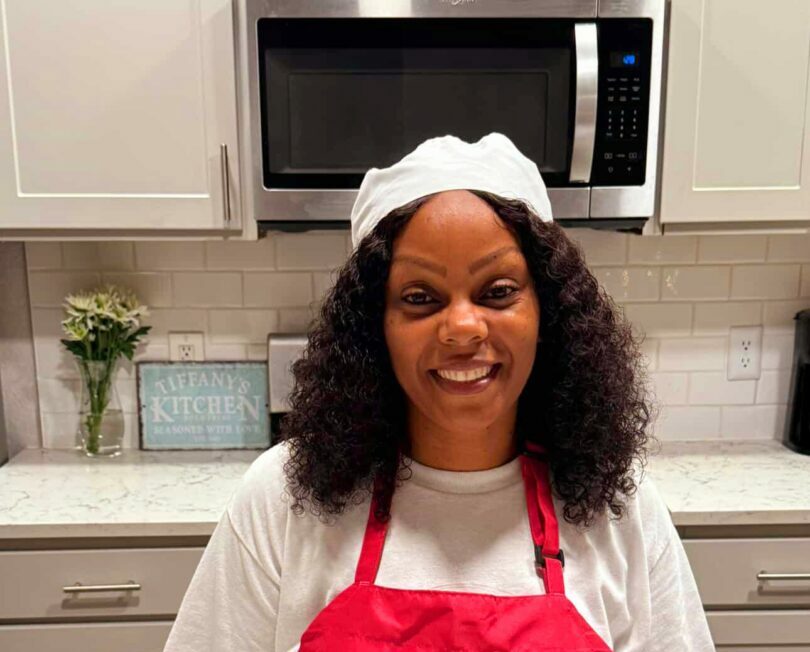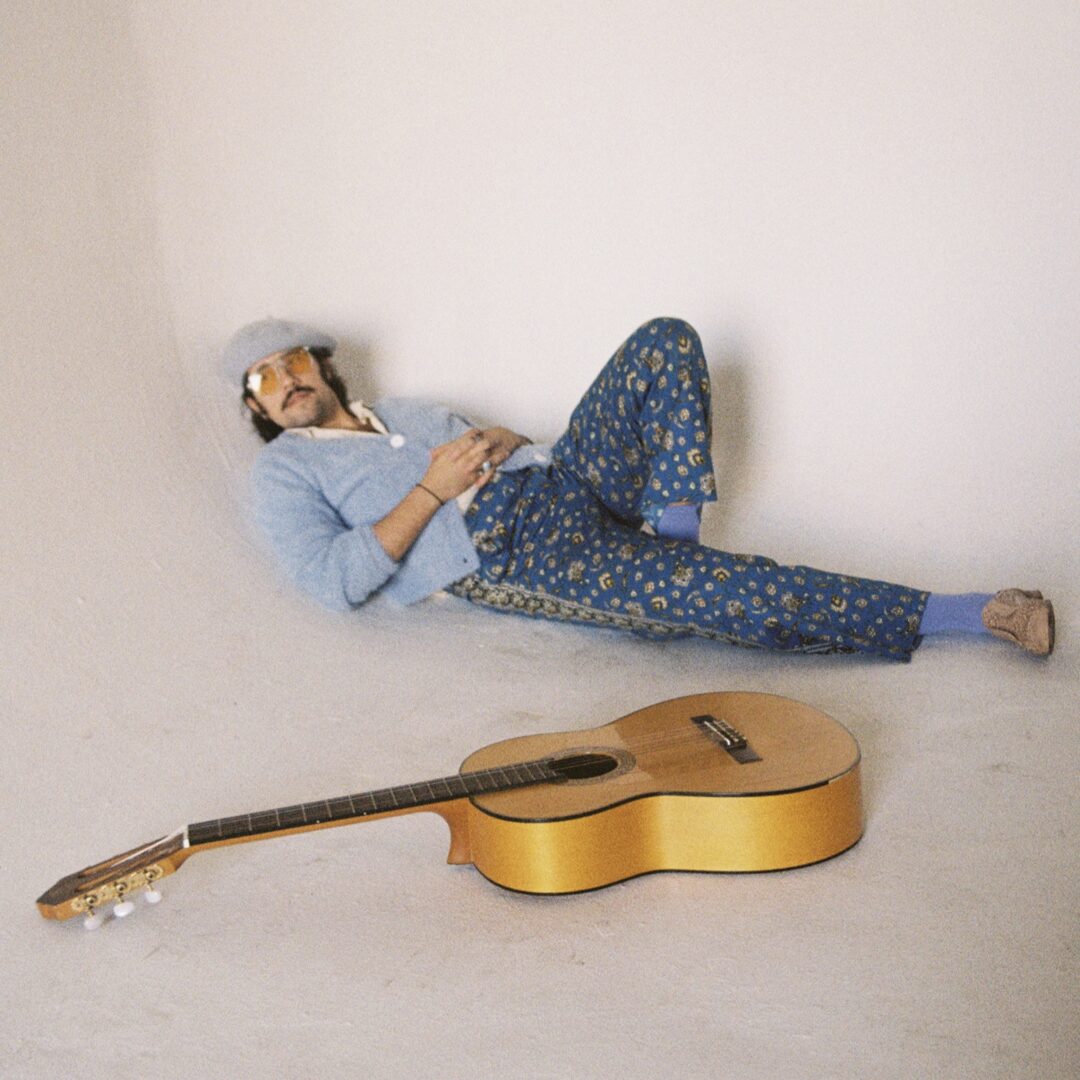We’re excited to introduce you to the always interesting and insightful Xena Zhang. We hope you’ll enjoy our conversation with Xena below.
Xena, so excited to have you with us today. So much we can chat about, but one of the questions we are most interested in is how you have managed to keep your creativity alive.
As an architectural designer, I see myself as a director of spatial experiences, blending creativity with a deep understanding of spatial design and storytelling. My background in architecture and interior design has cultivated a passion for what I term “spatial magic”—the spontaneous and transformative interactions between people and their environments. This creative mindset drives me to generate innovative ideas that resonate with the needs of my audience, whether I’m working on personal projects or collaborating with a team.
To keep my creativity vibrant, I actively engage in interdisciplinary exploration. I’ve delved into fields such as photography, gaming, virtual reality, and ceramics, each of which enriches my perspective and informs my approach to interior architecture. This openness to diverse art forms and design disciplines allows me to weave a rich tapestry of ideas and possibilities.
My greatest strength lies in my ability to generate compelling concepts under pressure. I take pride in the creativity I bring to both individual projects and team collaborations, ensuring that every endeavor remains engaging and forward-thinking. Curiosity and a willingness to embrace new challenges fuel my creativity, allowing me to explore uncharted territories and continually evolve.
If you’re interested in seeing some of my work, I’d be happy to share my Behance portfolio, which showcases a variety of projects across different mediums. https://www.behance.net/xxxenazhang. or the website I am working in progress: https://xenazhang.com

Thanks for sharing that. So, before we get any further into our conversation, can you tell our readers a bit about yourself and what you’re working on?
Tell Us About What You Do
I grew up in Beijing, China, in a family closely tied to the arts. My grandfather is an author, and his passion for storytelling inspired me from a young age. I started studying painting and drawing early on, which helped me develop an artist’s mindset. Over time, this led to a career goal of combining art and storytelling in unique and creative ways.
My journey has been enriched by my international studies, especially at the School of the Art Institute. The freedom to explore courses beyond my architecture major has been transformative. I was able to collaborate with students from various disciplines, gaining insights into their design processes. This broadened my perspective and allowed me to experiment with different media comfortably, keeping my curiosity alive.
Currently, my work focuses on interdisciplinary spatial design, blending architecture with other forms of creative expression. My ongoing spatial practice has made the transition from traditional architectural design to a more interdisciplinary approach both swift and seamless.
What’s Special About It
What excites me most about my work is the opportunity to engage with diverse media and ideas. I seek interdisciplinary collaboration to create more immersive spatial experiences for people. I approach design as a storyteller, translating ideas into spaces that resonate on an emotional level. My background in art helps me experiment freely and push boundaries in my designs.

Looking back, what do you think were the three qualities, skills, or areas of knowledge that were most impactful in your journey? What advice do you have for folks who are early in their journey in terms of how they can best develop or improve on these?
Curiosity
Curiosity has been the most important driver in my design process. I believe it’s the core of all creative activities. I am constantly drawn to things I’m not familiar with, eager to explore new disciplines, and excited to see how new skills can enhance my work. The process of learning and integrating new skills with my existing knowledge gives me a great sense of achievement. For anyone early in their journey, I would say: never stop being curious. Stay open to the unknown, and constantly challenge yourself to learn beyond your current expertise.
Flexibility
Being flexible has also played a significant role in my journey. Sometimes, when things don’t go as expected, changing my mindset and approaching a problem from a different angle can lead to unexpected inspiration. Flexibility allows me to adapt to challenges and find creative solutions. My advice is to embrace uncertainty and be willing to shift your perspective—it’s often in those moments that you find the most growth.
Execution
Lastly, execution is key. We all feel anxious when facing the unknown, and I experience that all the time. It’s natural to feel unsure about unfamiliar things, but if I don’t take action, I will remain stuck in the box, unable to see how vast the world is. I continue to push myself to execute, even when it feels daunting, because I believe it’s the key to progress. For those just starting out, I would say: don’t let fear of the unknown hold you back—start small, but take action. Execution is what turns ideas into reality.

We’ve all got limited resources, time, energy, focus etc – so if you had to choose between going all in on your strengths or working on areas where you aren’t as strong, what would you choose?
I believe we all have strengths that we naturally excel in, and these are aspects we should take pride in and continue to develop. It’s important to feel confident in those areas and to put effort into refining them. However, I also strongly believe that expanding our knowledge and learning new skills across different fields is essential to elevating our strengths beyond the ordinary.
For example, I have seven years of experience studying architectural design and three years working in the field. Through that, I’ve developed strong spatial thinking and a deep understanding of the relationship between form and function. But what I’ve come to realize is that all design disciplines are interconnected. For instance, when I worked on a ceramic project, my architectural background allowed me to envision how the smooth texture of ceramics could be integrated with organic spatial expression. This led me to create a geometric design using ceramics, combining architectural techniques like parametric modeling and 3D printing—tools not typically used in traditional ceramics. By applying these methods, I was able to create a unique light-and-shadow effect, giving the piece a distinctly architectural feel.
Another example is when I designed my photography portfolio. Instead of simply focusing on layout and printing, I approached it from an architectural perspective. I envisioned the book as a three-dimensional object, serving as a dialogue between myself and the viewer. I divided the book into two volumes, using full-page inserts to maintain a cohesive flow while also signaling changes in chapters. I even used semi-transparent paper to overlay images onto the next page, creating a more immersive reading experience. This is an example of how thinking beyond my primary discipline allowed me to create something more engaging.
Even in architecture, I often draw on my experiences from other fields. I once studied game design, which gave me a deeper understanding of interactivity. This perspective has influenced my work as an architect, where I continuously explore the interaction between people, the dialogue between architects and users, and how architecture can act as a vessel for storytelling.
Overall, I believe that continuously learning and exploring other disciplines is what fuels my creativity. It not only strengthens my core skills but also opens up new ways of thinking and problem-solving. So, to answer the question: while it’s important to focus on our strengths, I believe that expanding our knowledge across disciplines is crucial for long-term growth and innovation.
Contact Info:
- Website: https://xenazhang.com/
- Linkedin: https://www.linkedin.com/in/xenazhang97/


so if you or someone you know deserves recognition please let us know here.




